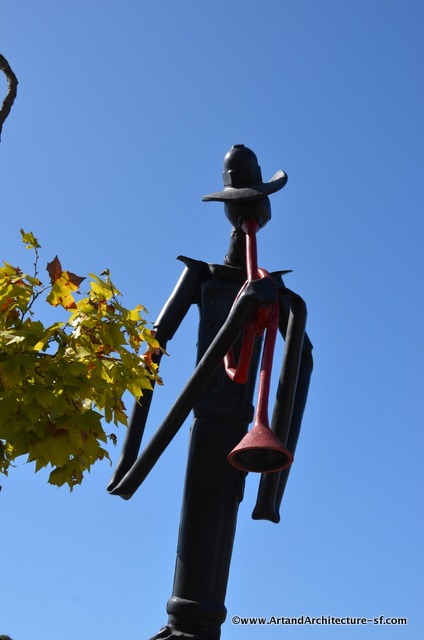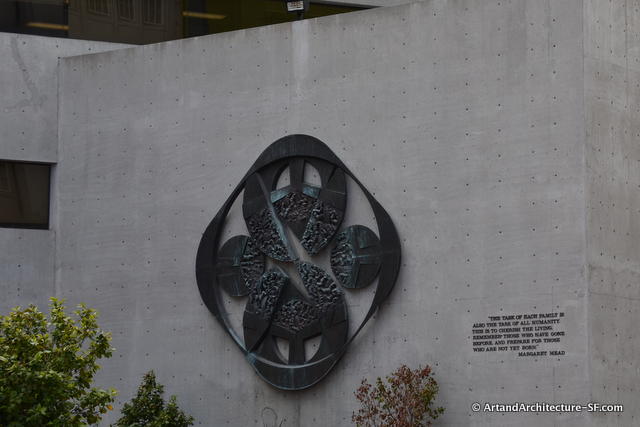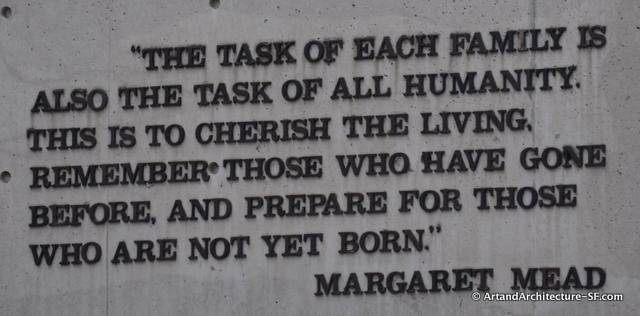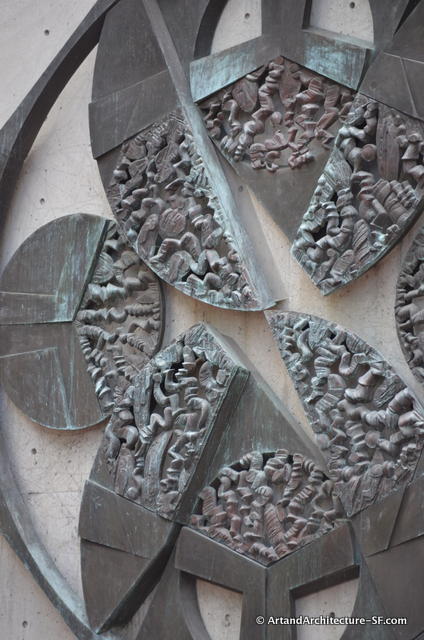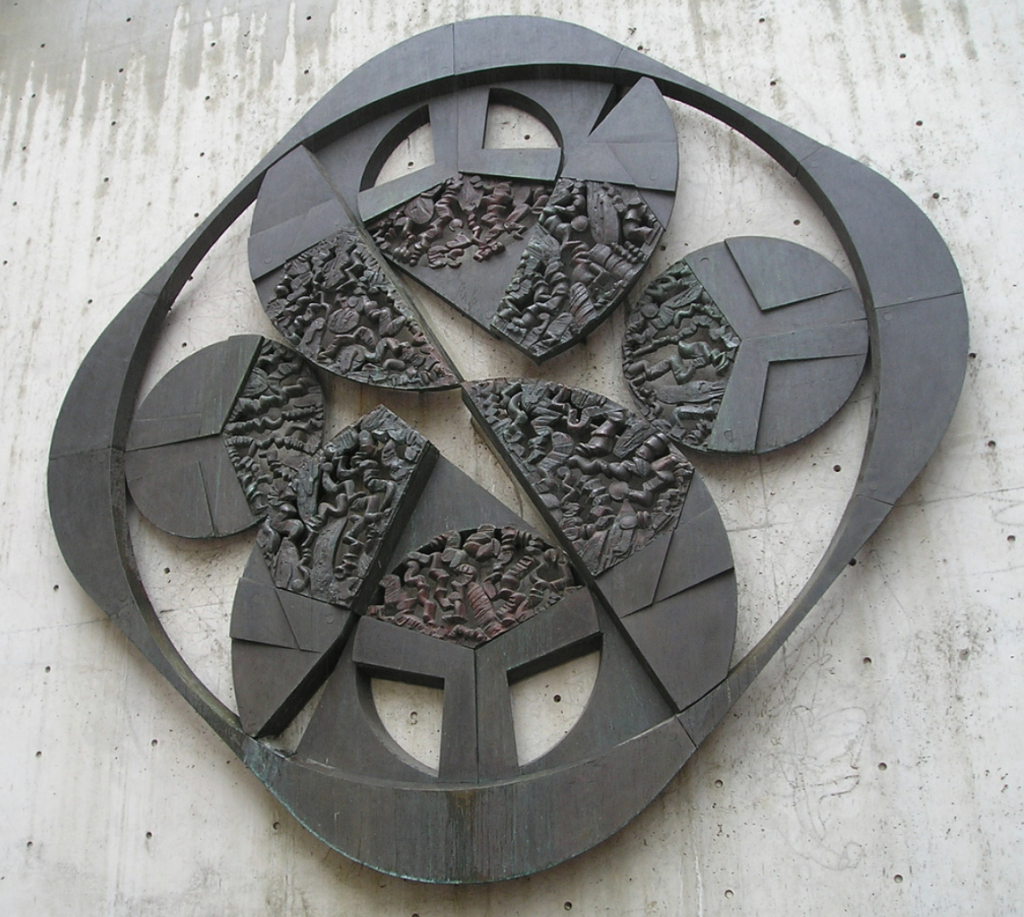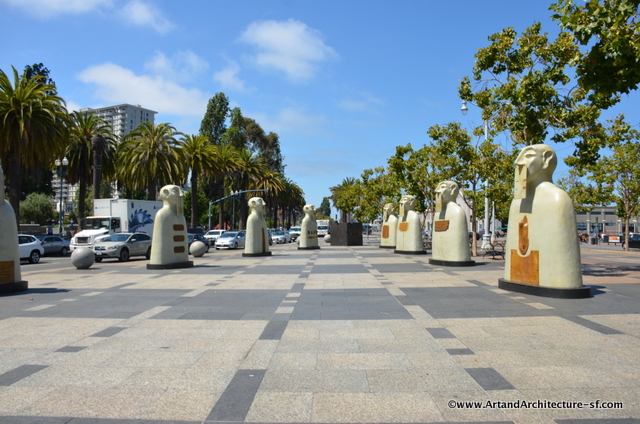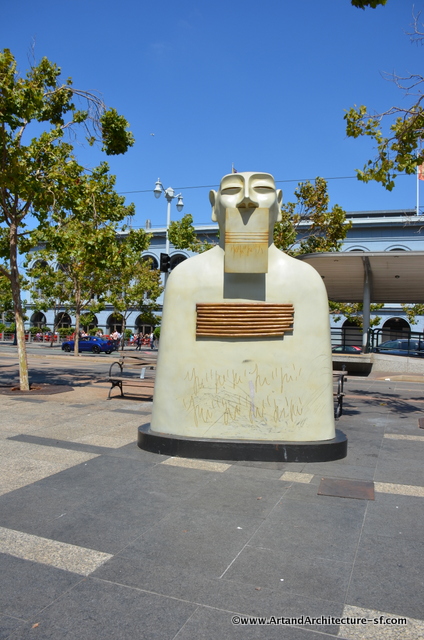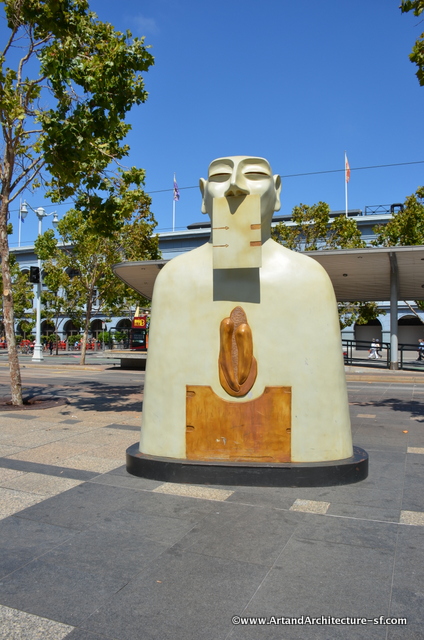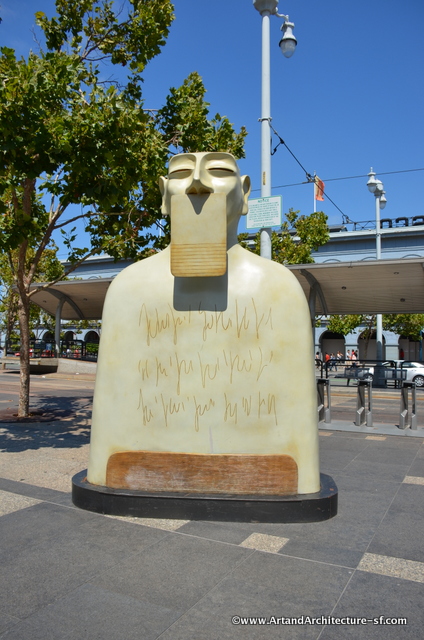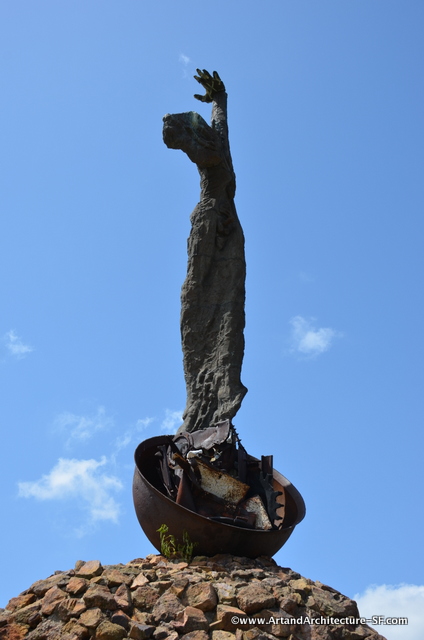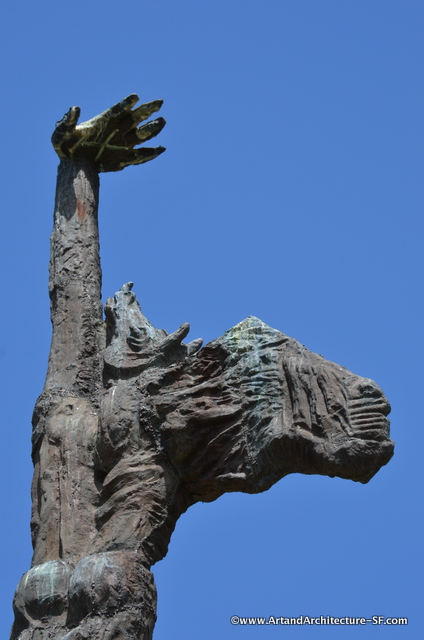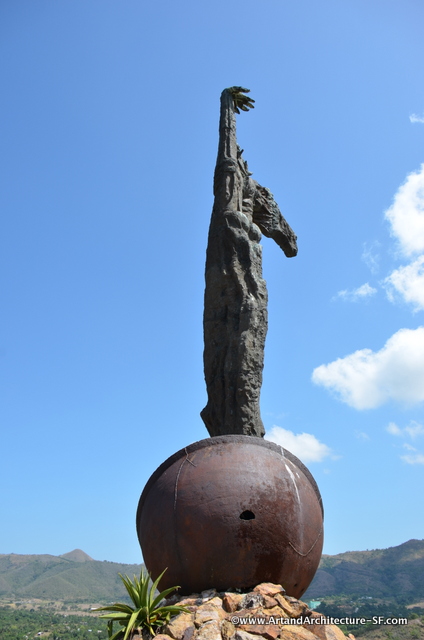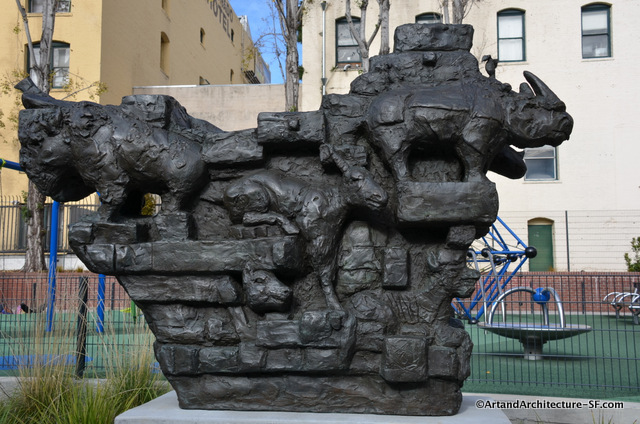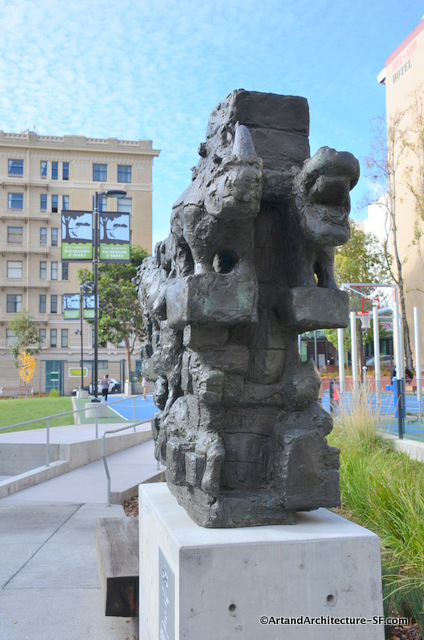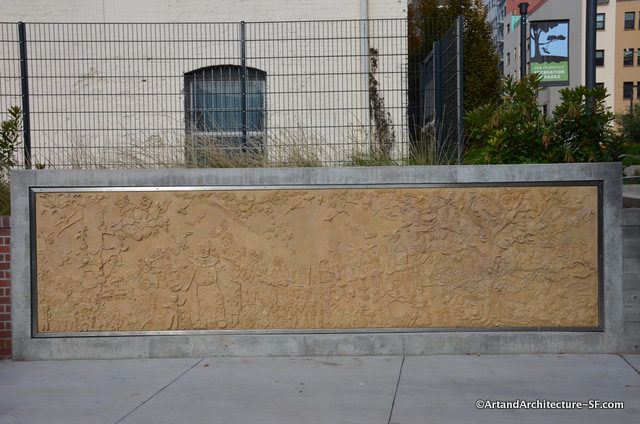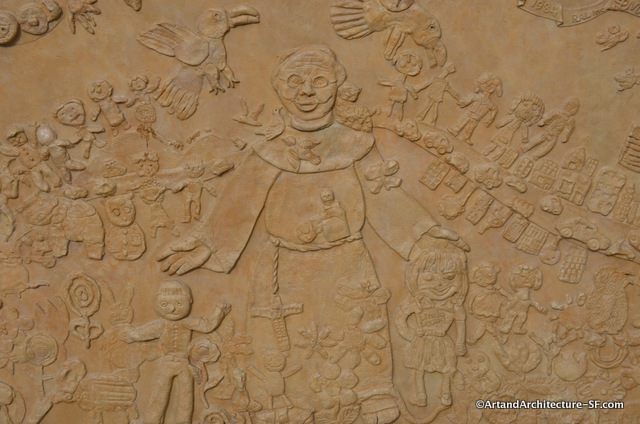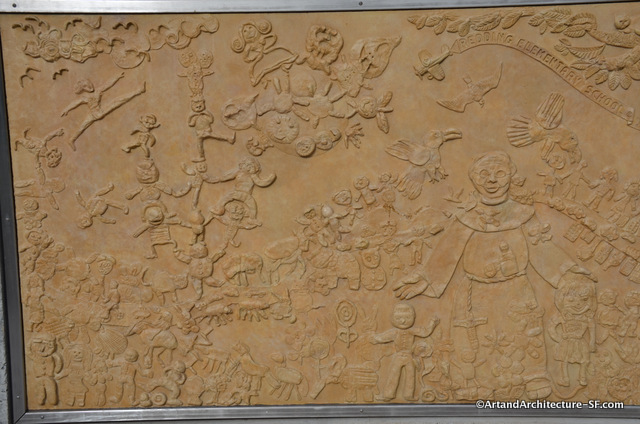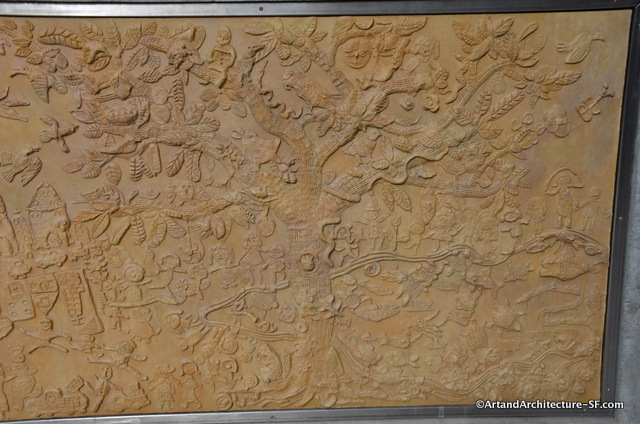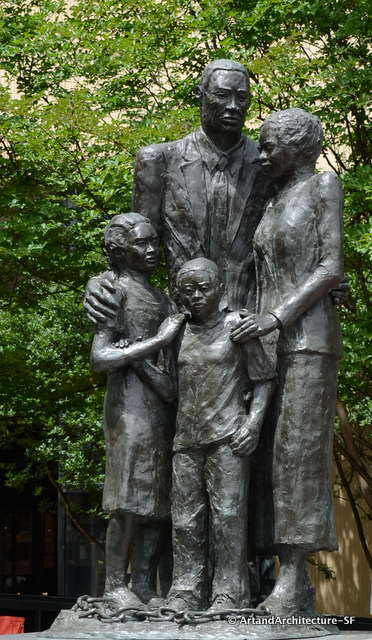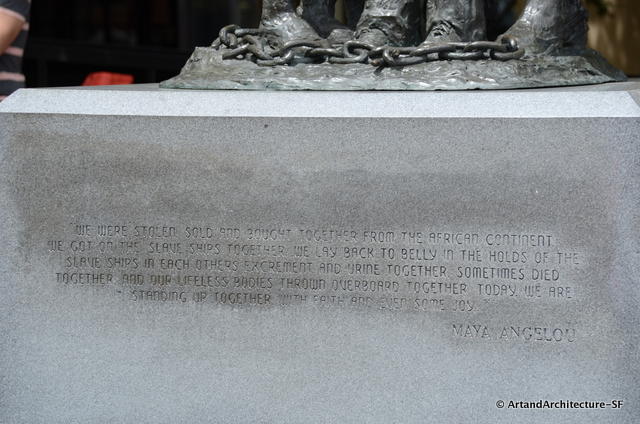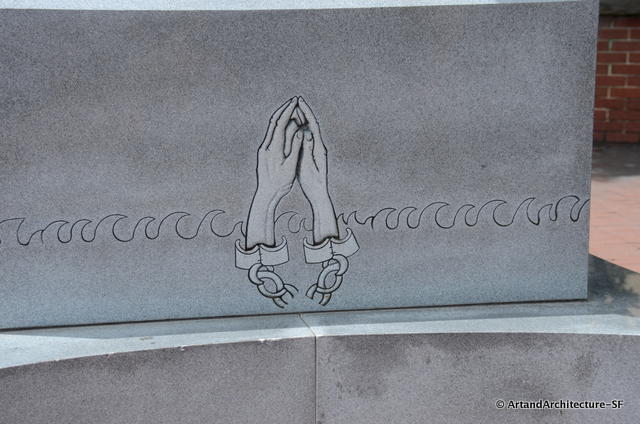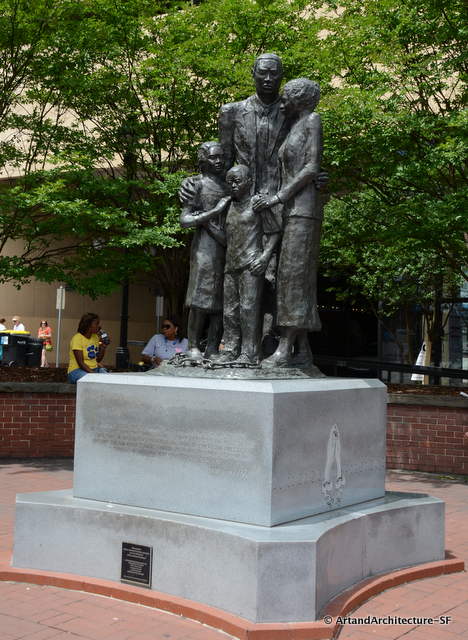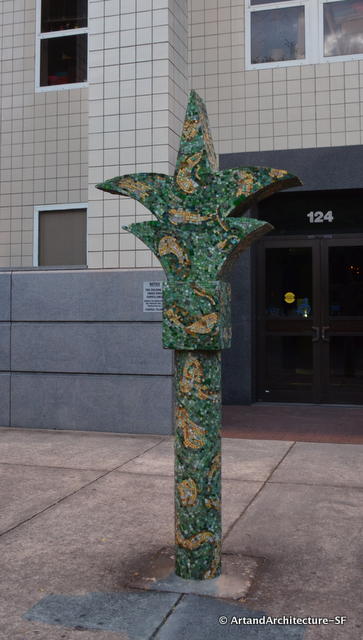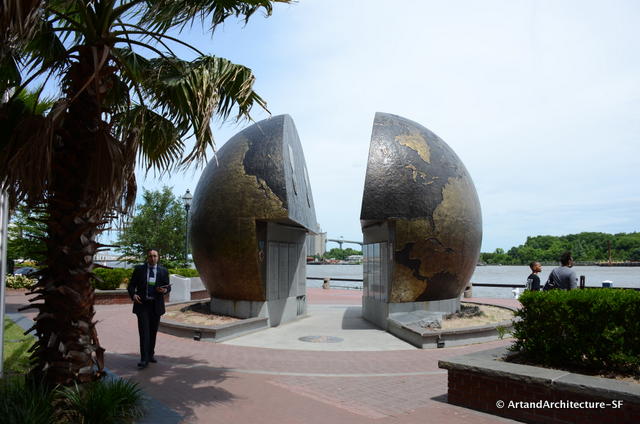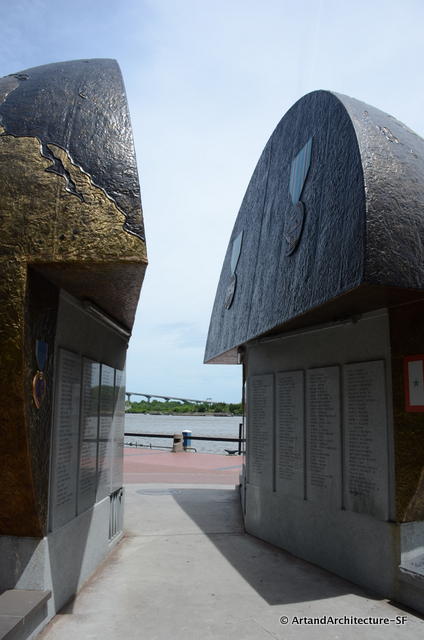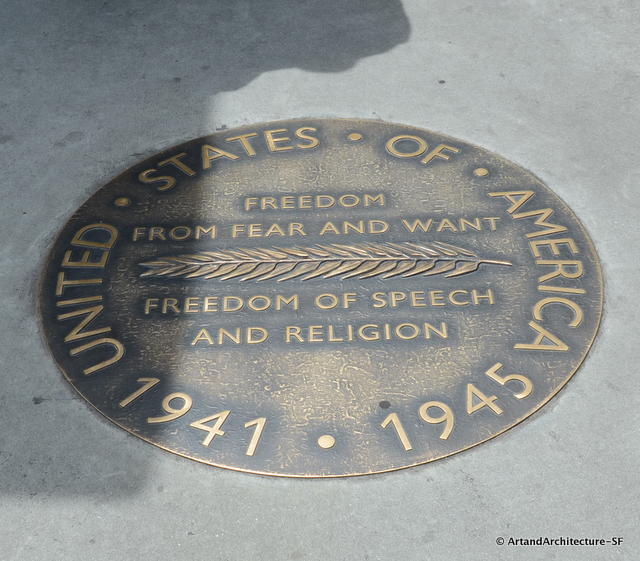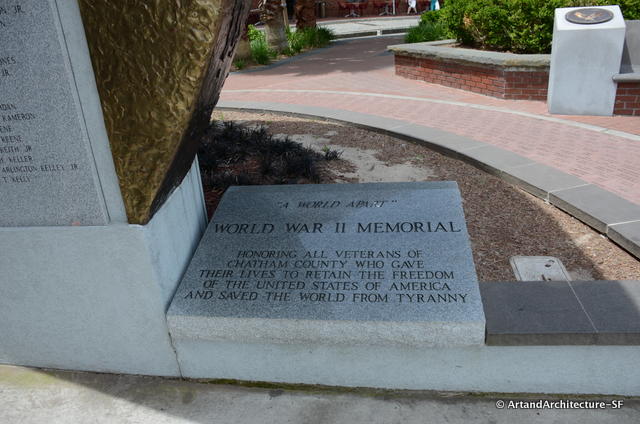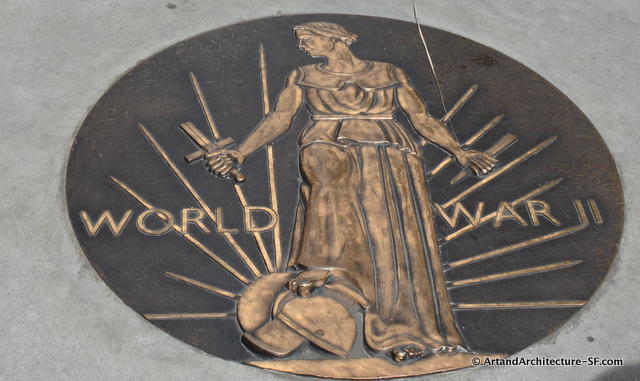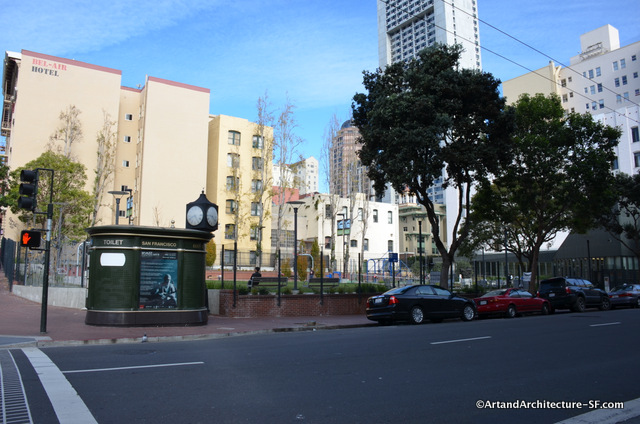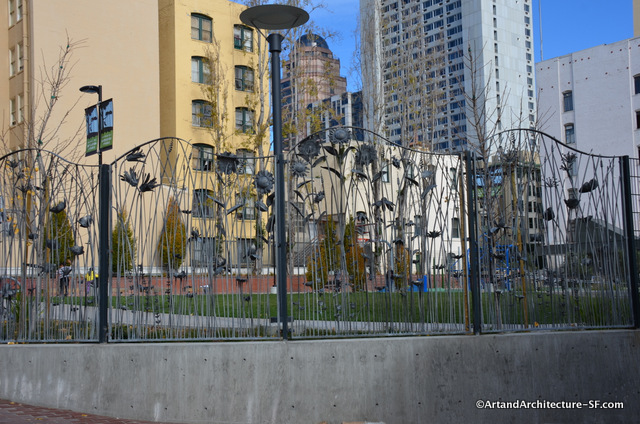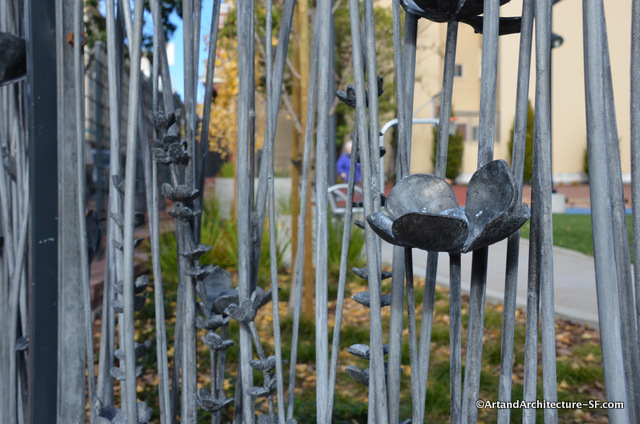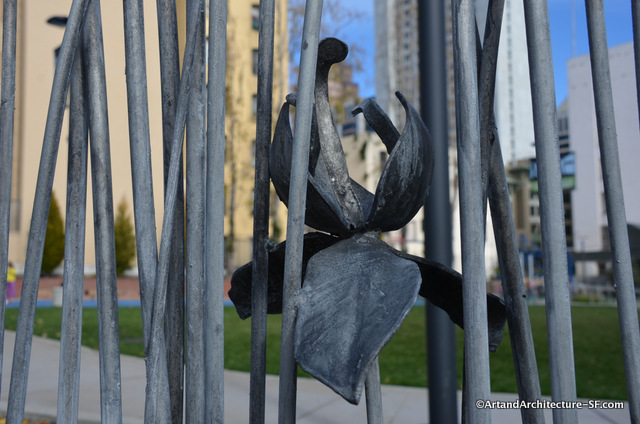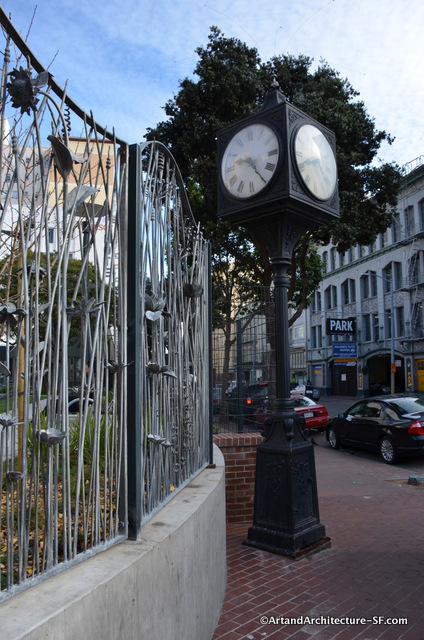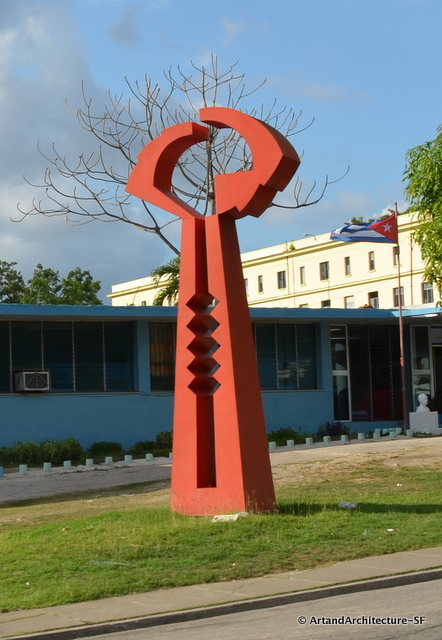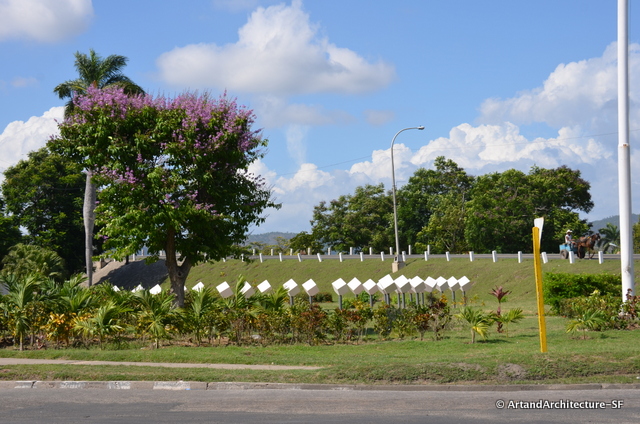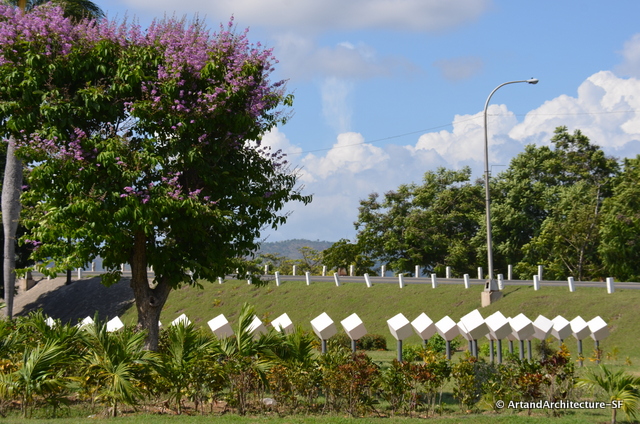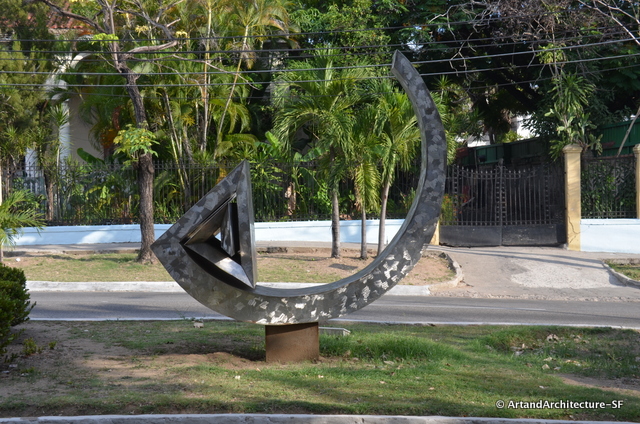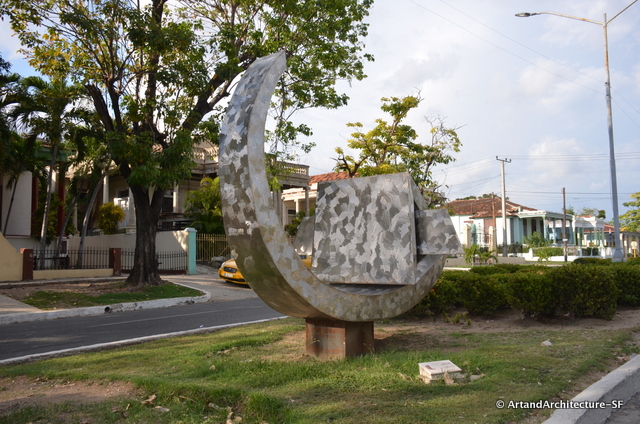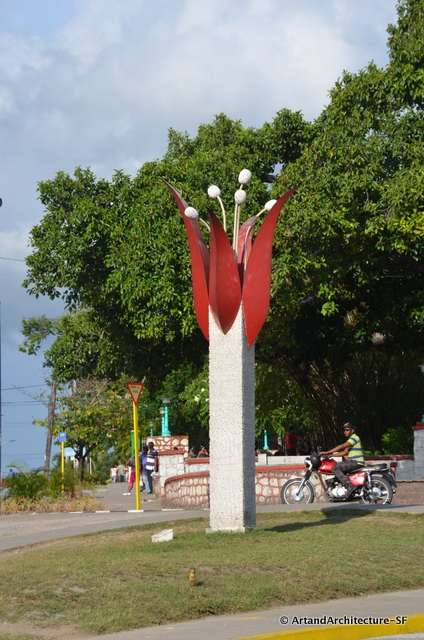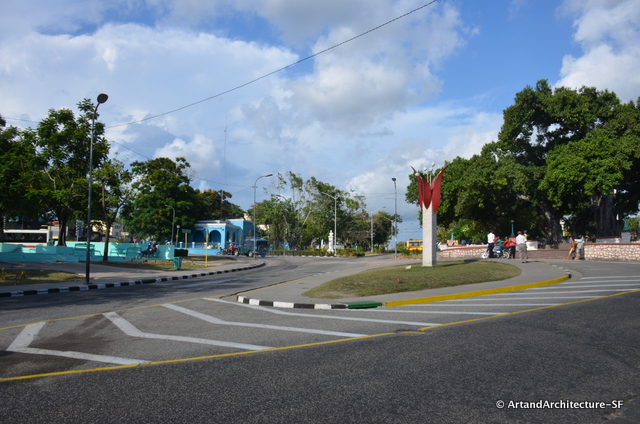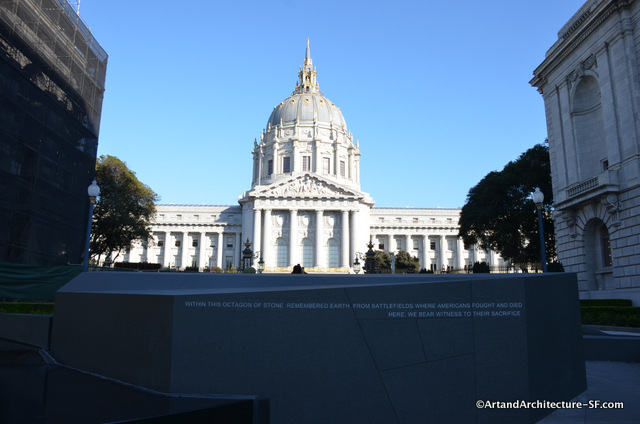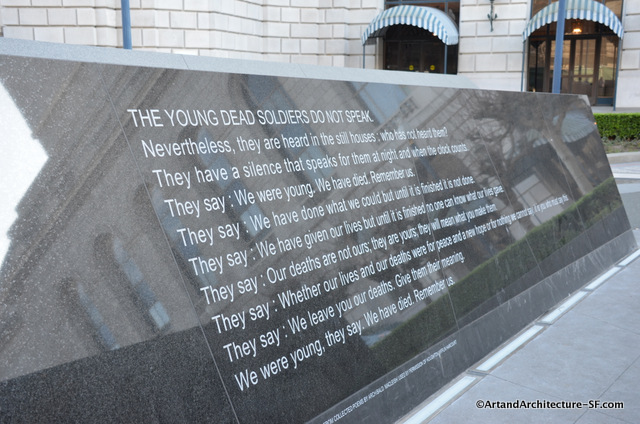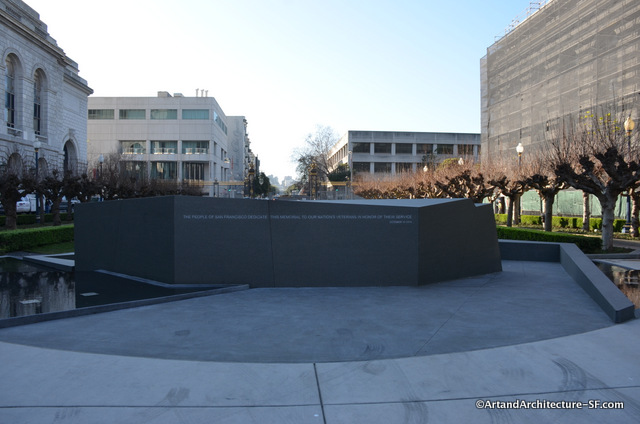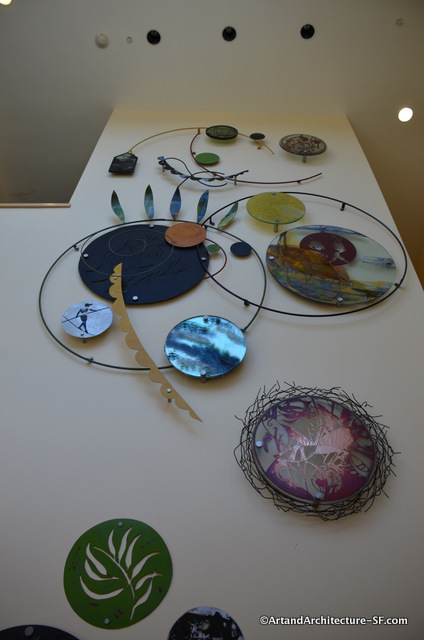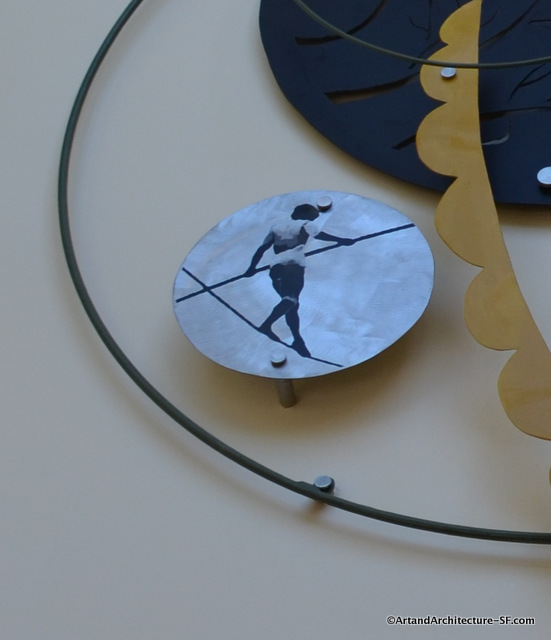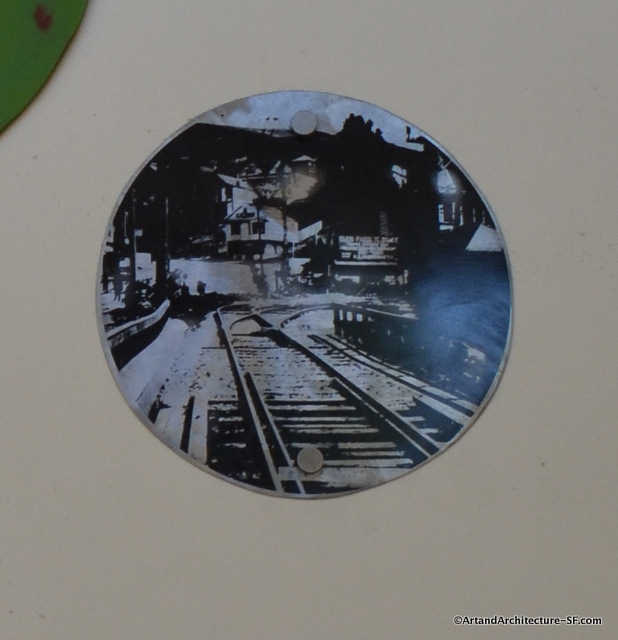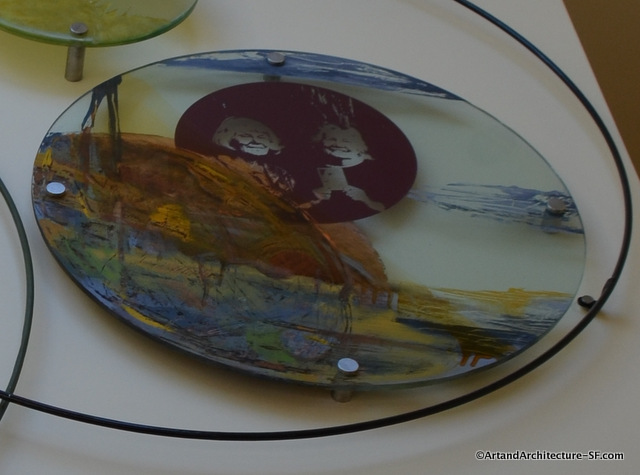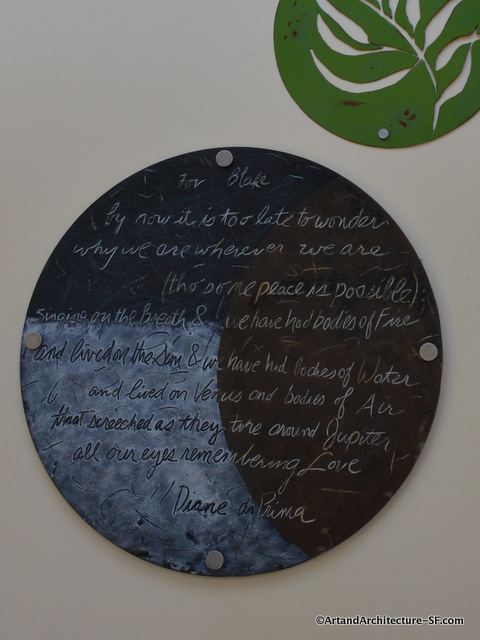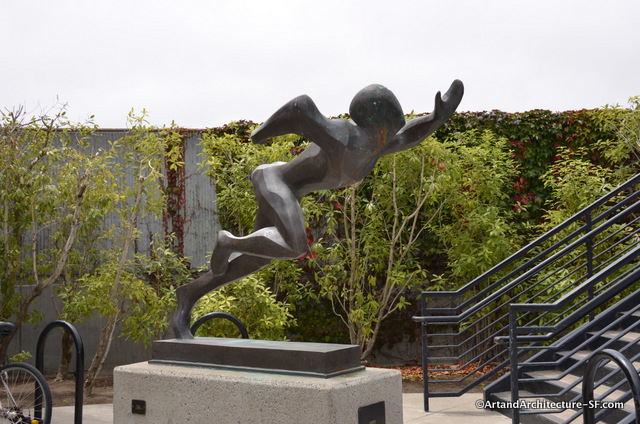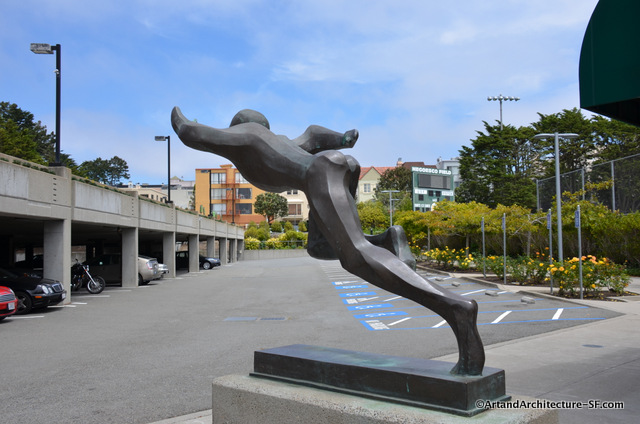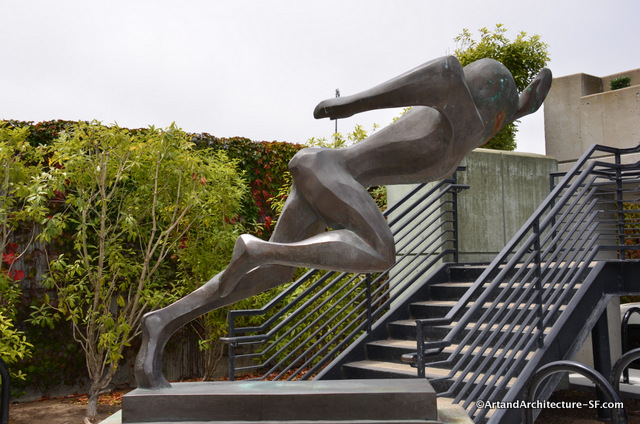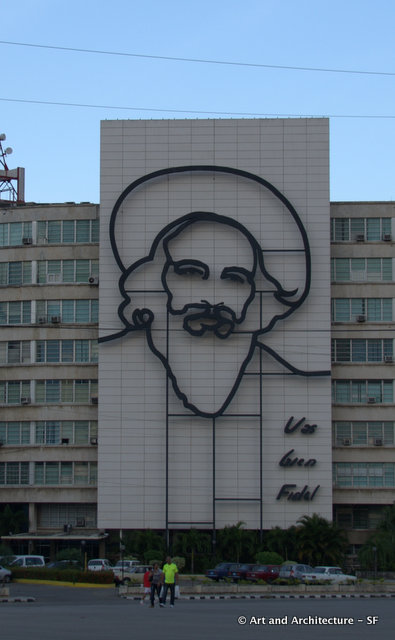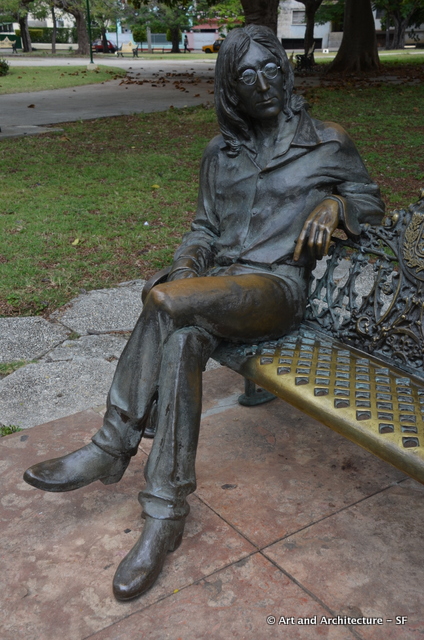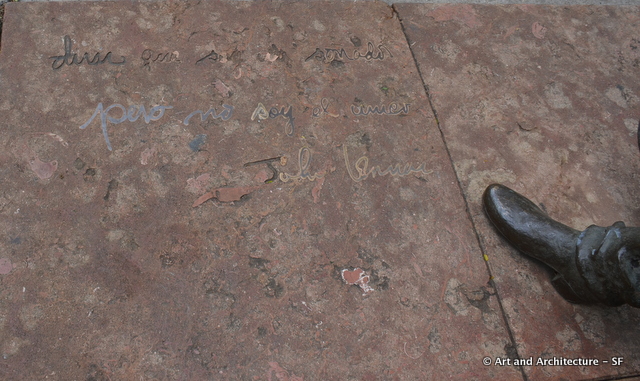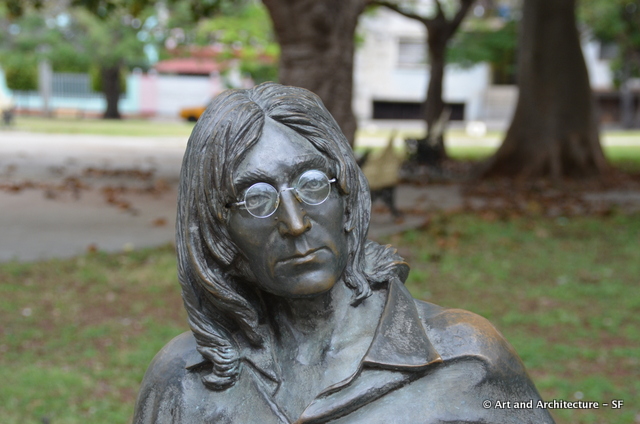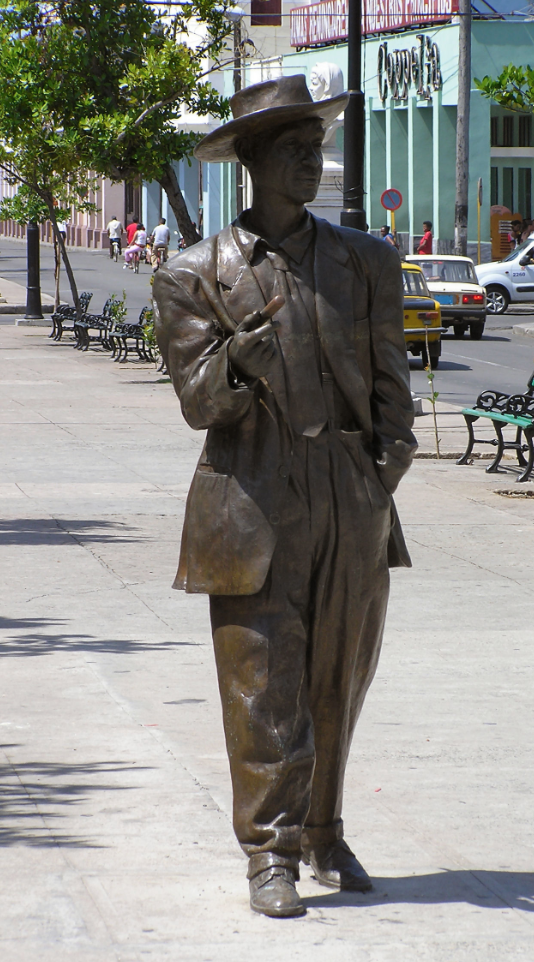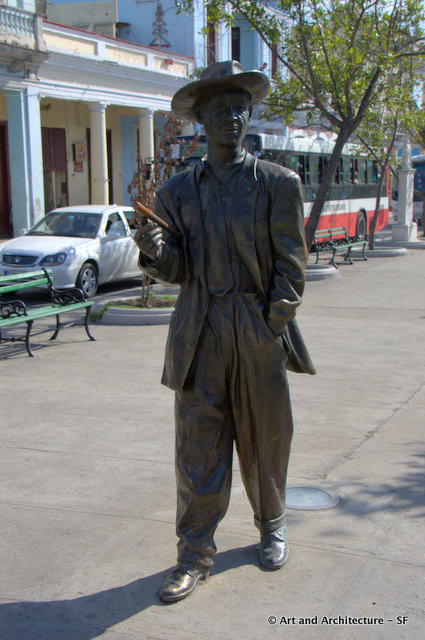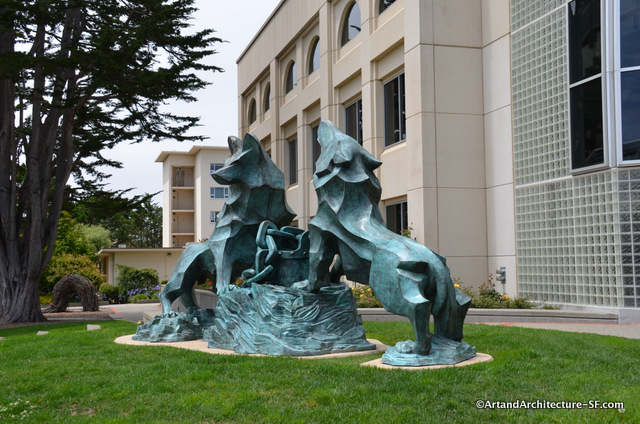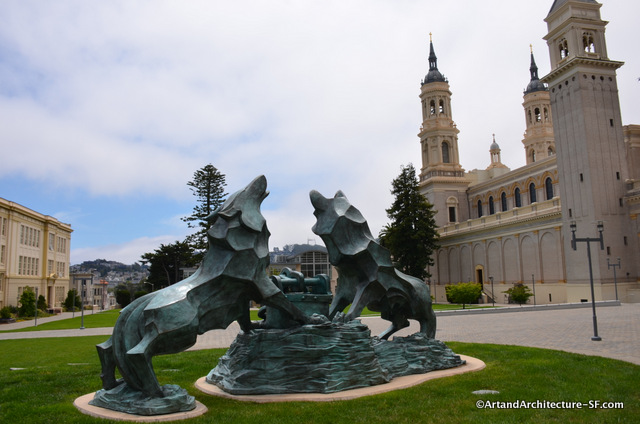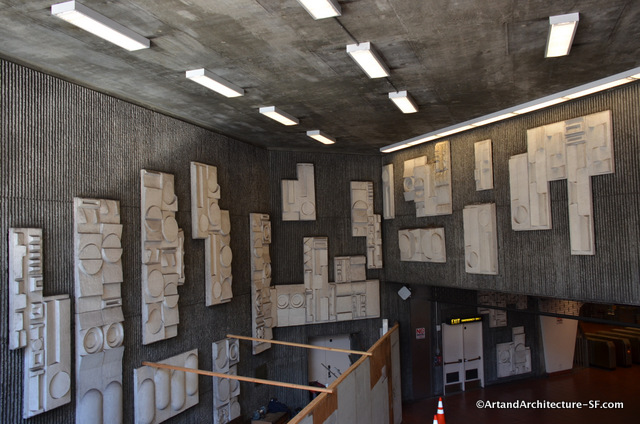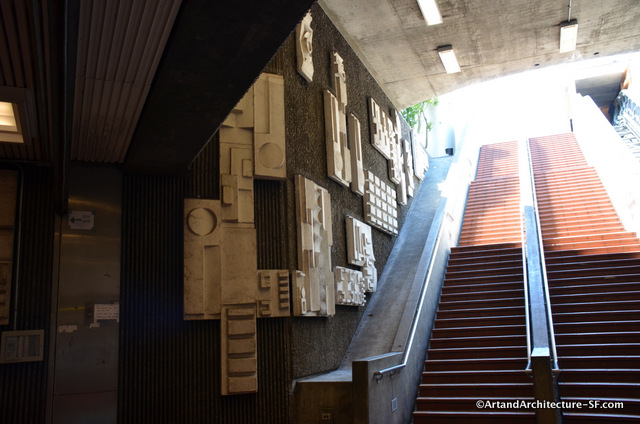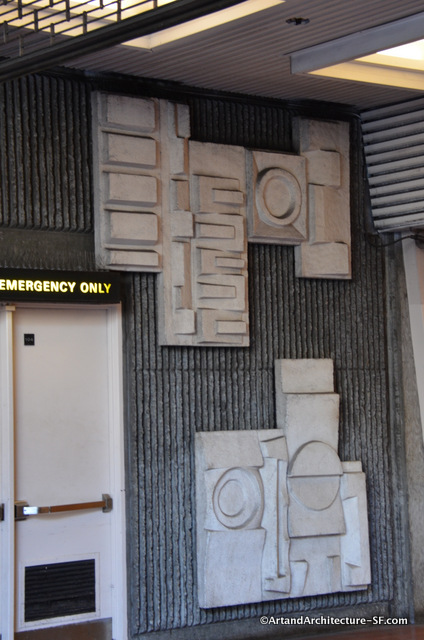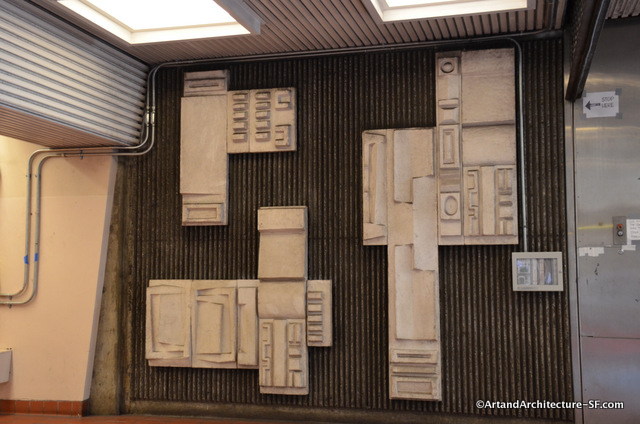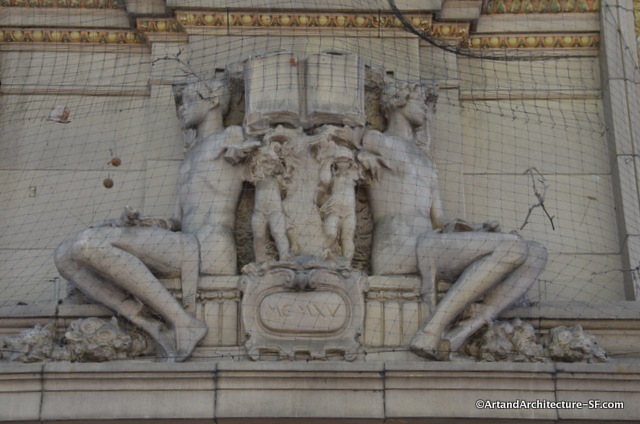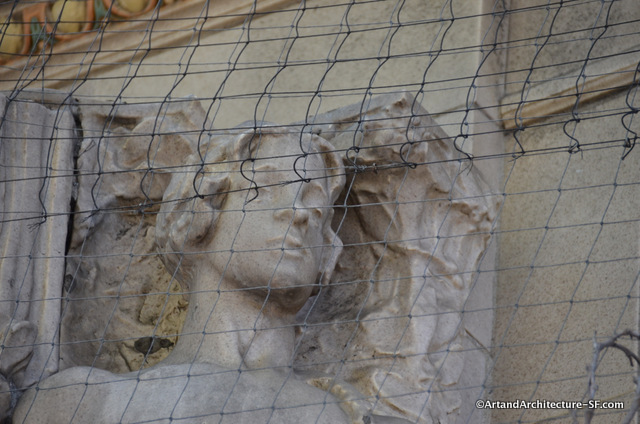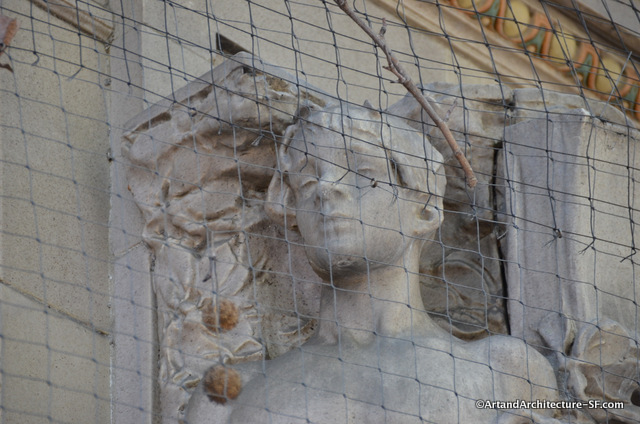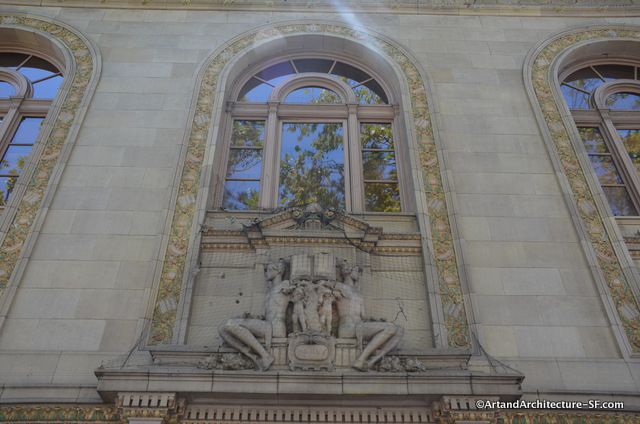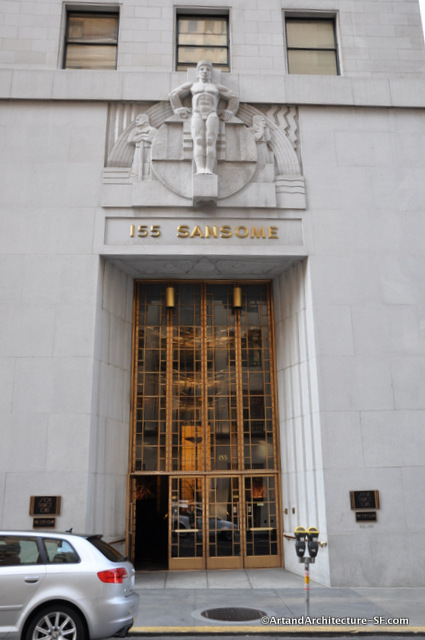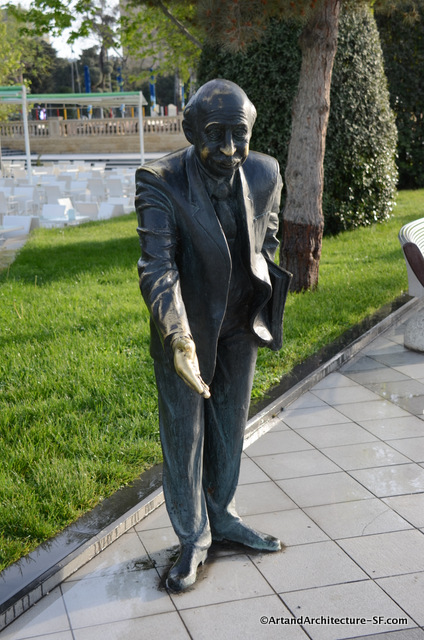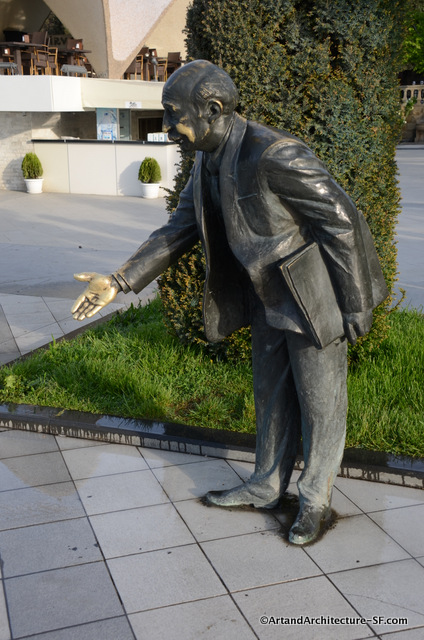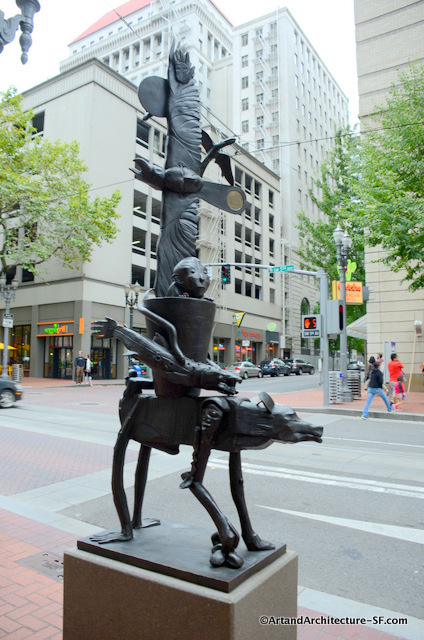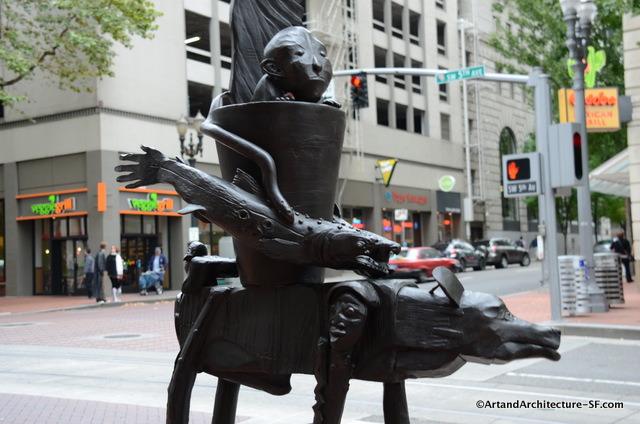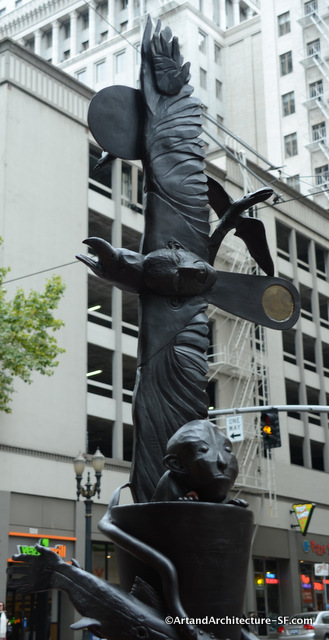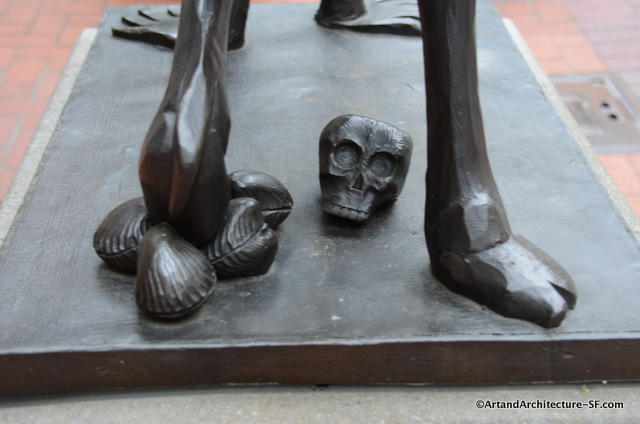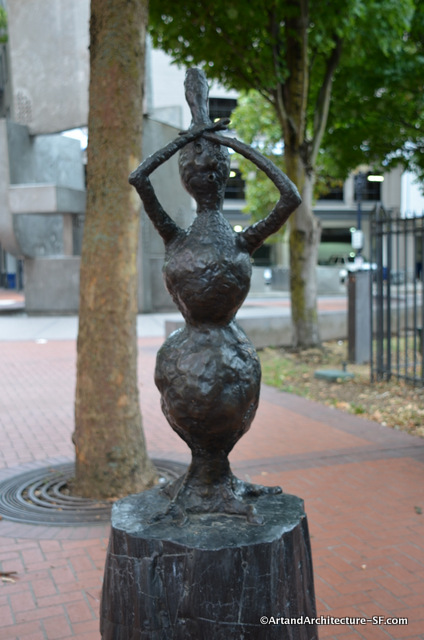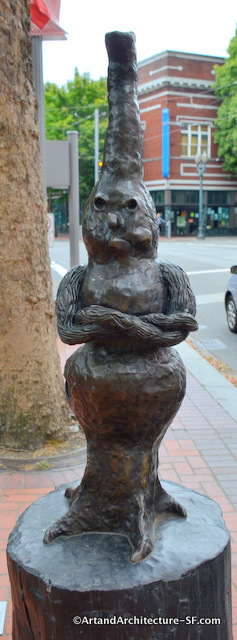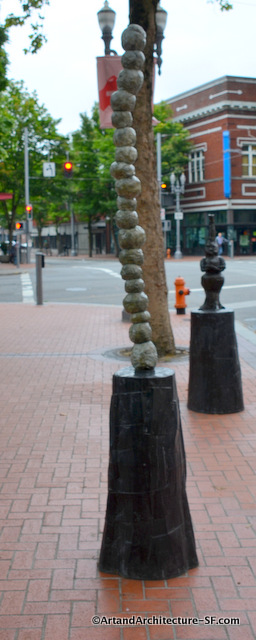İçəri Şəhər
Old City or Inner City
Baku Azerbaijan

This sculpture by Nail Alakbarov cuts along the edges of İçəri Şəhər. The description that accompanies the sculpture far better explains the situation than I ever can…
This composition represents a sculptural image of seven armudi glasses standing on top of each other. Armudi is the name of traditional Azerbaijanian glass used for drinking tea, it can be translated as “pear-shaped” since it resembles a pear. On the other hand such shape could be associated with the contour of a female body. Thus the glasses also symbolize seven beauties from a similarly named masterpiece written by Nizami Gencevi.
The sculpture is installed in Icheri Sheher among ancient architecture. The aim of this project is to combine a national aspect with the international. As the people of the era of globalization tend to say: “Think global, act local”. In other words the artist provides contemporary art that is cosmo political by definition with a national content. Being a representative of local artistic intelligentsia, the artist is trying to express his concerns about the loss of cultural identity in the countries that have already faced globalization. Though the work is a piece of contemporary art, it still demonstrates a prevailing Eastern-centric vector.
Historical Background
In Azerbaijan, where tea-drinking is widespread, tea is regarded as a symbol of hospitality and respect to guests. Serving tea before the main course is an old tradition. It is a customary to drink tea not from porcelain cups but from special pear-shaped glasses that are called armudu. Their shape resembles a pear with slightly smaller top than the bottom distinguished by a narrow “waistline”.
There are numerous interpretations why these glasses have such an unusual form: it is easy to handle, it resembles a shape of a woman’s body, etc. As a matter of fact, the reason is quite simple: the tea in the bottom section of the glass cools down slower than in the upper one, keeping the temperature of the tea same. Determined by its functionality and beautiful shape armudu is definitely a perfection in terms of design. Every Azerbaijani city, no matter how big or small, has a tea-house. Tea houses play an important role in the social life of the citizens, people discuss news, read newspapers, make plans, play backgammon, maintain relations. Tea is also a very important aspect of the Azerbaijani engagement process. Parents of the bride show their respond to the groom by serving him a tea, if they serve it with sugar it means “yes”, if without – it means “no”.
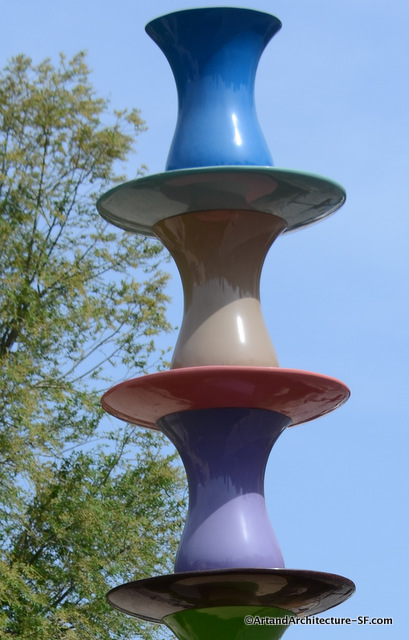
This project was sponsored by YARAT! which was founded in 2011 by Aida Mahmudova, YARAT! is a non-commercial, private organisation dedicated to the promotion and nurturing of Azeri Contemporary art nationally and internationally.
Nail Alakbarov graduated from the A.Azimzade School of Art and continued his master’s degree at the Azerbaijan State Academy of Fine Art.
He continued his education at the national French art school École Nationale Supérieure des Beaux-arts and in 2012, Alakbarov received his master’s on cinematography at the Lumière University in Lyon.
For More information on travel in Baku read go to PassportandBaggage.com
